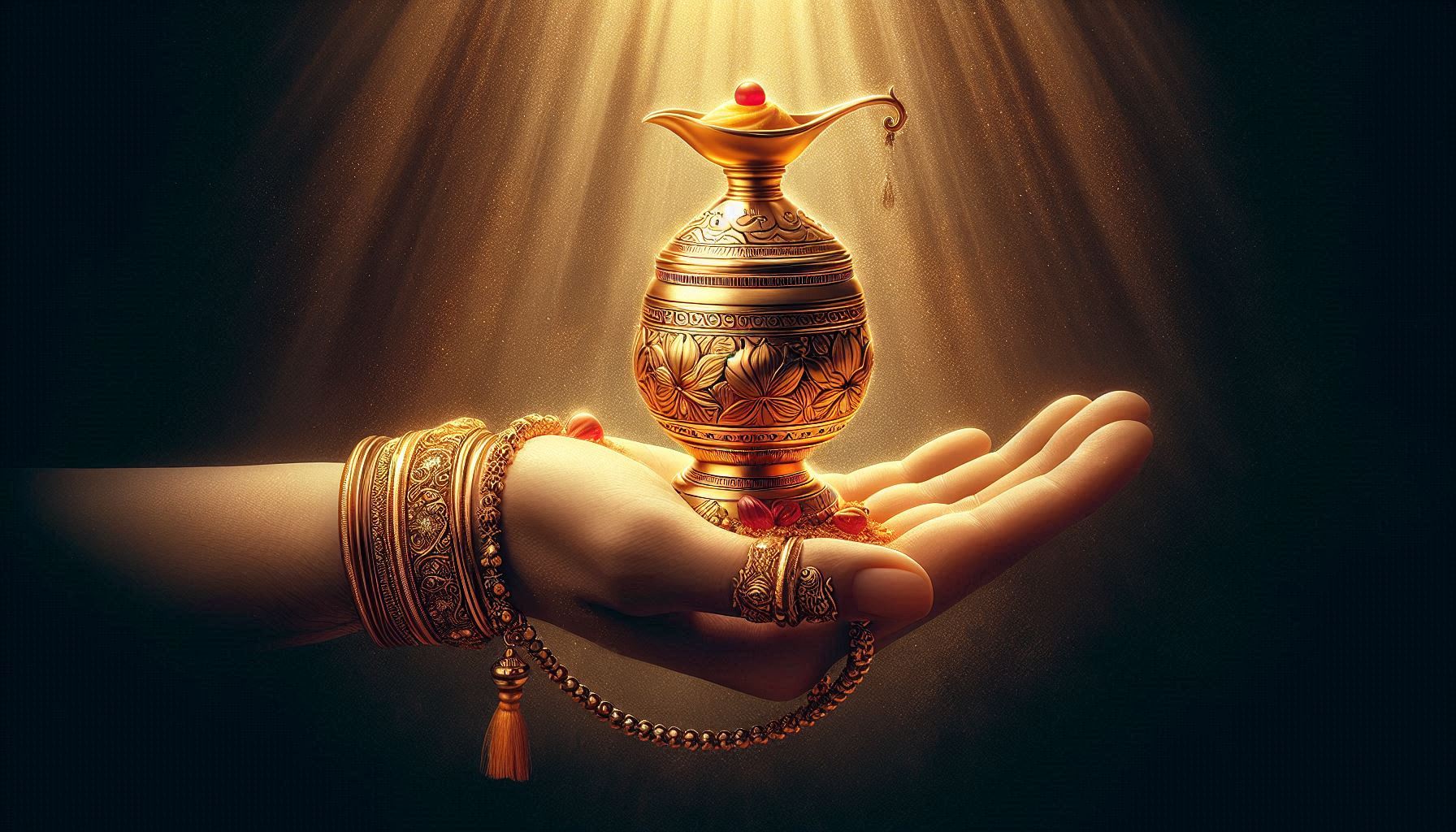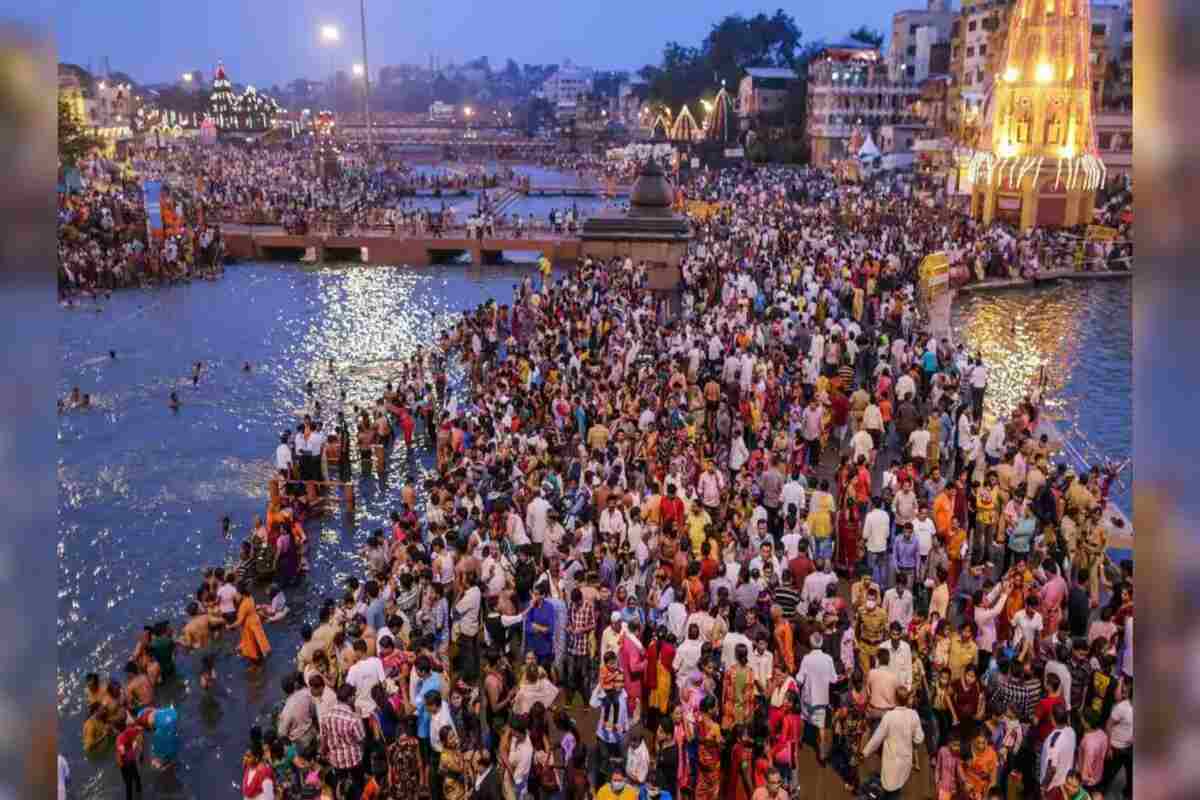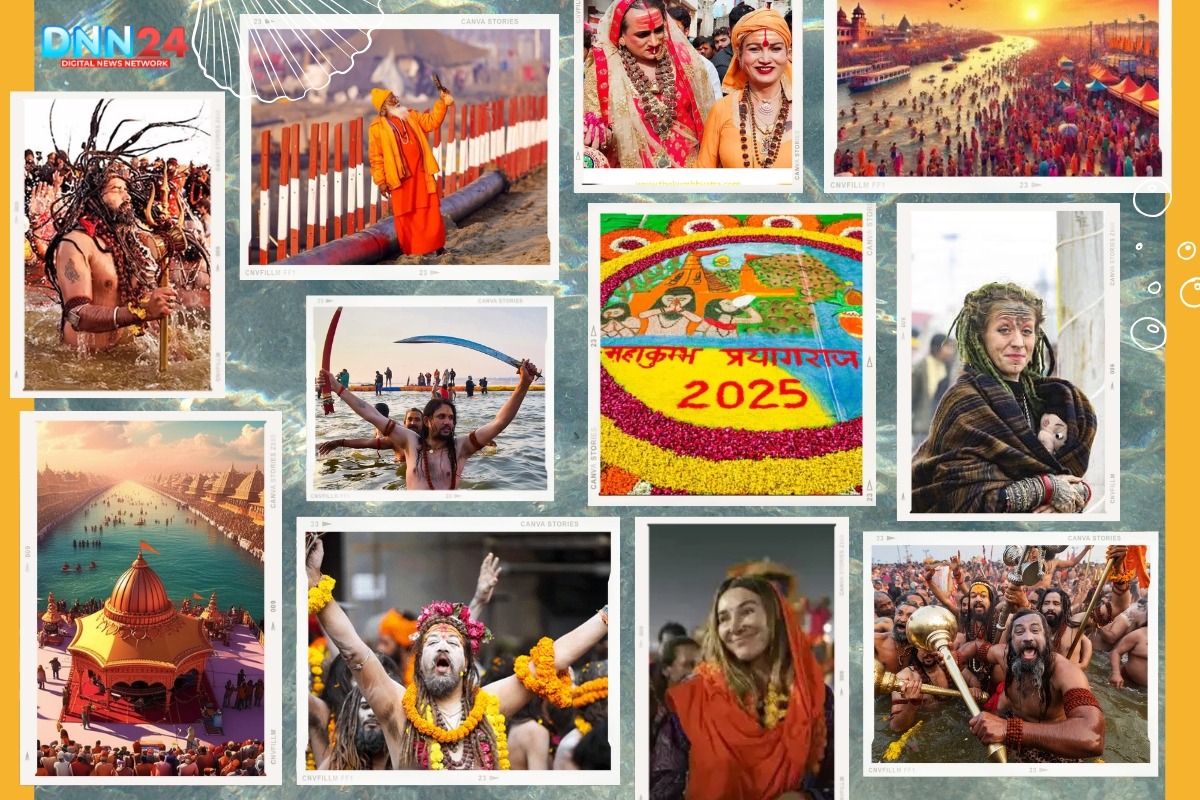Maha Kumbh Mela is one of the largest religious gatherings in the world, attracting millions of devotees every twelve years. This grand festival is a significant event for Hindus, celebrated at four sacred locations: Kumbh mela is held at Prayagraj, Haridwar , Ujjain and Nashik. The traditions of this festival can be traced back to Hindu mythology and the story of the Samudra Manthan of the churning of the sea. It is said that this event churned out the nectar of life, which is known as Amrita, owing to which the event of Kumbh Mela is so crucial.
The festival helps to combine religious trips, cultural events, and social gathering at one place. Millions of people of all sorts of population gather here to attain spiritual upliftment and wash off their sins using water bodies, often the consecrated rivers. The next Maha Kumbh Mela is happening in Prayagraj from January 13 to February 26, 2025, where devotees will gather at the Triveni Sangam—the confluence of the Ganga, Yamuna, and the mythical Saraswati rivers.
Mythological Origins
The origins of Maha Kumbh Mela are deeply rooted in ancient Hindu mythology. It is said that gods and demons joined hands to churn the ocean to get a pot of Amrit. When the gods bathed during this celestial event there was a pot with the nectar for them. In order to deprive the Asuras of it, Lord Vishnu came into the disguise of Mohini and took the pot away. As he fled, drops of Amrit fell at four locations: Prayagraj, Haridwar, Ujjain, and Nashik. They are now recognized as sacred for the Kumbh Mela.

The Sanskrit word “kumbh” in essence means “pitcher” as does this sacred pot. The festival is observed every twelve years in these places according to the positions of planets like Jupiter and the Sun in the Solar System . Every site holds a special importance; for example, Prayagraj is associated with Triveni Sangam and other gods and goddesses of Hindu pantheon(the collection of gods and goddesses that are worshipped in Hinduism)
Historical Evolution
Traditionally, Kumbh Mela has been transformed over and over, over the centuries. Its purest forms hark back to some of the earliest Hindu scriptures as the Rig Veda and came into its own during the 8th century under Hindu philosopher Adi Shankaracharya. He is said to have developed the habit of holding a meeting for the ascetics and scholars in which they would dissect philosophical opinions and edifying lessons.
The festival became more structured during Mughal rule when records indicate large gatherings at sacred sites. It was during British colonial rule that Kumbh Mela was formalized as a major socio-religious event. The British sought to regulate these gatherings for administrative reasons while also recognizing their importance to Hindu culture.

There are not many records of the mass ‘Kumbha Mela’ pilgrims before the 19th century. Smaller bathing festivals however have been described beginning in ancient times along the sacred rivers in India. Today, Maha Kumbh Mela stands as a testament to India’s rich spiritual heritage.
Rituals and Practices
During Maha Kumbh Mela, various rituals are performed by devotees seeking purification and spiritual merit. Among the prominent processes a bath in holy river at certain times is calculated with the help of astrology is worth mentioning. People think that getting a bath during those favourable periods purifies them and gives them blessings.
Some of these practices include prayer, Homa or fire rituals, and donation or daan to monks, priests and temples. People also engage in religious discussions headed by saints and scholars who discuss issues to do with the spirit.

It is also used by sadhus so many Sadhus attend the Kumbh Mela festival. Many of them are from different sects and akhadas or religious orders and they cause people to look at them with curiosity because of the way they live their life as well as the ways they teach. Interaction with these Sadhus makes it possible for the common man to get spiritual education from these holy men.
Cultural Significance
Maha Kumbh Mela is not only a religious event but also a vibrant cultural festival that showcases India’s diversity. The participating activities are fair where stalls are put in place for artisans to display and sell indigenous made products, foods being sold and preparations of local meals and artists who perform traditional music and dance.
This festival helps the formation of a community that assembles people with no regard for their social class or status. They argue that it is the time when individuals can renew their gene and spiritual links and explore the Indian cultural diversities.

Moreover, Maha Kumbh Mela has gained international recognition over the years. During this time, tourists from all parts of the globe flock to India in order to be privileged to watch this spectacle. This scale and importance of the festival reigns an essentially spiritual dimension of Indian culture, as well as calling for intercultural dialogue among the different communities.
Conclusion
Maha Kumbh Mela represents a unique blend of spirituality, culture, and community bonding that transcends geographical boundaries. These Indian music entertainment still holds mythological recreational value derived from Hindu scripture that attracts millions every year. As devotees prepare for the upcoming Maha Kumbh Mela in Prayagraj in 2025, they carry with them centuries-old traditions that embody faith, devotion, and unity.
Religion does not only act as a pilgrimage, but also a reminder of India’s glorious past that has evolved generation after generations. At each meeting at this auspicious event, people recall their values attached to the spiritual world with kits and their ethnic background with joy as they explore the sea of like-minded devotees searching for spiritual guidance.
Also Read: From Facing Body Shaming to Winning Maven Ms Plus size India 2024: Inspiring Journey of Priya
You can connect with DNN24 on Facebook, Twitter, and Instagram and subscribe to our YouTube channel.

